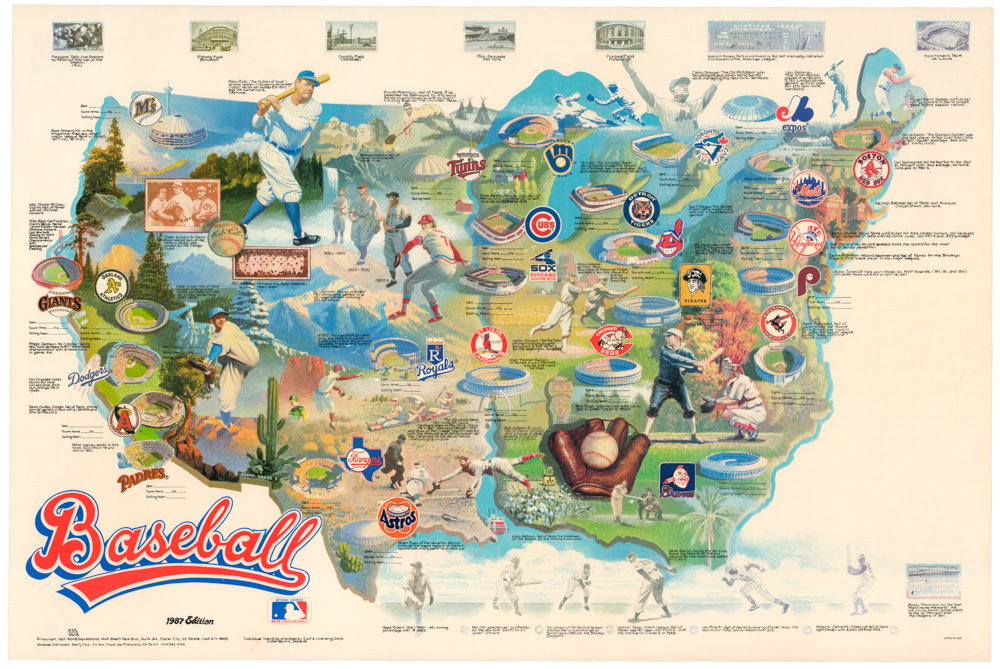A vivacious color depiction of the Aztec calendar with extensive explanatory notes.
Aztec Calendar – Easy Map – full color – History and Symbolism
Out of stock
Description
This fantastic folding pamphlet depicts the unique cultural treasure of the Aztec calendar or sunstone, with both the complete image and its components explained in detail. The Aztec calendar, also known as the Mexica calendar, is one of the central Meso-American calendrical systems developed and used by Pre-Columbian peoples in Central America. This example pertains specifically to the Aztec Civilization in Mexico, which began around 1300 and continued until its decimation by Hernan Cortes and his conquistadors in the 1520s.
The calendar consists of a 365-day cycle called xiuhpōhualli (year count) and a 260-day ritual cycle called tōnalpōhualli (day count). While the first is based on the sun and thus can be seen as a form of an agricultural almanac, the second may be considered the Aztec ritual calendar. When combined, the two cycles form a 52-year century, or full calendar round. Visually, the system is represented by three concentric rings around a central medallion with the face of the sun god.
Each ring signals both separate and interrelated meanings. On the inner ring, we find symbols denoting the cardinal directions, with the warrior’s headdress representing the north. In the second ring, we see the xiuhpōhualli represented in twenty distinct boxes, 18 of which represent concrete segments of 20 days. The remaining five days of the year, known as nemontemi, were considered useless and nameless. The ritual calendar, or tōnalpōhualli, consisted of 260 days, divided into 20 periods of 13 days. The outermost circle is formed by the bodies of two fire serpents surrounding the entire disc. At the bottom of the composition, the two serpent heads of Quetzalcoatl and Tezcatlipoca represent the sun and night, respectively.
While the image is a dramatic and vivacious composition, the explanations on the verso elevate this work above the merely aesthetic, allowing it to straddle the divide between visuality and historical meaning.
The actual sun stone is one of the many Aztec treasures on display at the National Museum of Anthropology in Mexico City.
Cartographer(s):
Adrian García Valadés is a researcher, author, and mapmaker specializing in Meso-American cultures.
Condition Description
Minor wear.
References

![[LA ROCHELLE] Il vero sito della Rocella hora occupata da heretici et Ribelli di sua Maestà Christianissima della Quale sono Assediati.](https://neatlinemaps.com/wp-content/uploads/2022/11/NL-01639_thumbnail-scaled-300x300.jpg)
![[LA ROCHELLE] Il vero sito della Rocella hora occupata da heretici et Ribelli di sua Maestà Christianissima della Quale sono Assediati.](https://neatlinemaps.com/wp-content/uploads/2022/11/NL-01639_thumbnail-scaled.jpg)


